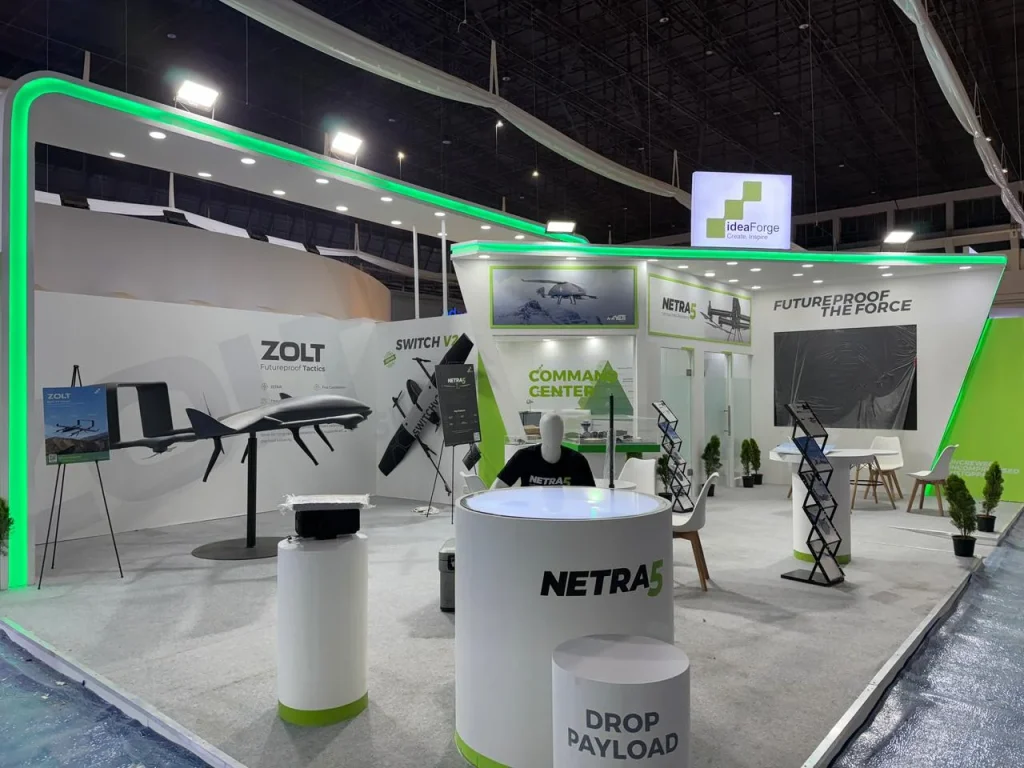
Introduction
In today’s fast-paced, digital-first world, trade shows are undergoing a major transformation. Simply displaying products or services is no longer enough to capture attention and build brand loyalty. That’s where experiential marketing comes into play. By creating memorable, interactive experiences for attendees, brands can forge deeper connections and leave lasting impressions. So, how is experiential marketing shaping the future of trade shows? Let’s dive in.
1. Moving Beyond Traditional Booths: Creating Immersive Experiences
Forget the static booths of the past. Trade shows are now about creating fully immersive environments that pull attendees into your brand story.
- Themed Environments: Create a themed booth experience that aligns with your brand’s values or message. Whether it’s recreating a specific location or immersing attendees in a unique storyline, environments like these can transport visitors to a new reality.
- Interactive Installations: Encourage attendees to engage with your products or services through hands-on activities, interactive demos, or touchscreens. The more your audience can “experience” what you offer, the more connected they’ll feel to your brand.
2. Tapping into the Power of Emotions
Experiential marketing works because it taps into human emotions. When people feel something at your booth—whether it’s excitement, curiosity, or nostalgia—they’re more likely to remember your brand long after the trade show is over.
- Sensory Experiences: Incorporate elements that appeal to all five senses. Think about adding scents, textures, sounds, or even flavors that reflect your brand. These multi-sensory experiences are scientifically proven to create stronger emotional connections.
- Emotional Storytelling: Create an emotional narrative around your brand’s purpose or mission. Whether you’re championing sustainability, innovation, or community, tell a story that resonates on a personal level with attendees.
3. Leveraging Technology for Deeper Engagement
Technology is revolutionizing experiential marketing at trade shows. From virtual reality to interactive projections, cutting-edge tech allows brands to push the boundaries of what’s possible and create more dynamic and engaging experiences.
- Virtual and Augmented Reality: Use VR or AR to take attendees on a journey beyond the trade show floor. Whether you’re offering virtual factory tours, product demonstrations, or interactive simulations, these technologies immerse visitors in your brand’s world.
- Gamification: Turn your booth into an interactive game, where attendees can compete for prizes or unlock exclusive content by engaging with your brand. Gamification boosts participation and encourages attendees to spend more time with your team.
4. Creating Shareable Moments for Social Media Exposure
One of the most significant advantages of experiential marketing is its built-in potential for social media exposure. When you create a visually stunning or exciting experience, attendees naturally want to share it with their followers.
- Instagrammable Spaces: Design elements that encourage visitors to snap a photo. Think backdrops, photo booths, or installations that are so visually appealing, they can’t resist posting about it.
- Branded Hashtags: Give attendees a way to engage with your brand online. Encourage them to use your branded hashtags when they post about their experience, amplifying your reach beyond the trade show floor.
- Live Social Streaming: Use live streams on Instagram, YouTube, or Facebook to share your booth’s experience with virtual attendees. Not only does this bring more eyes to your booth, but it also creates buzz for your brand online.
5. Building Personal Connections
At the heart of experiential marketing is the idea of creating personal connections with your audience. Trade shows offer a rare opportunity to interact with customers face-to-face, so make the most of it.
- Custom Experiences: Personalize the experience for each attendee. Whether it’s offering product recommendations based on their preferences or giving them a one-on-one demo, personal touches can make all the difference in how your brand is perceived.
- Interactive Discussions: Create spaces within your booth where attendees can sit down for a conversation or product consultation. Interactive discussions not only build rapport but also allow your team to gather insights about your audience’s needs and preferences.
Conclusion: Experience is Everything
As the trade show industry evolves, so too must the way brands engage with their audience. Experiential marketing is no longer just a buzzword; it’s a vital strategy for creating lasting impressions and meaningful connections. By crafting immersive, emotional, and shareable experiences, you can ensure that your brand stands out and stays top-of-mind long after the trade show ends.


 Global
Global Europe
Europe

